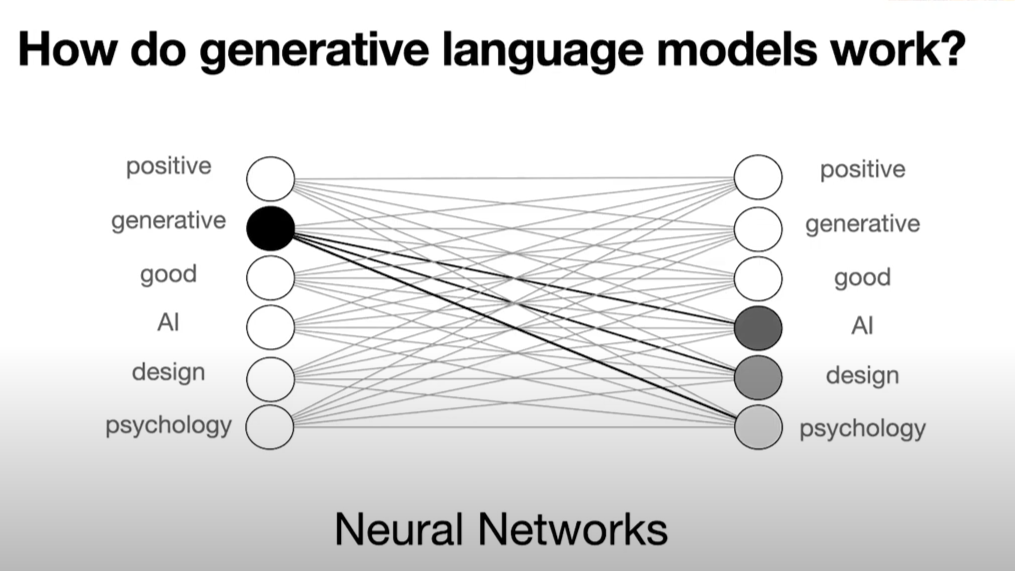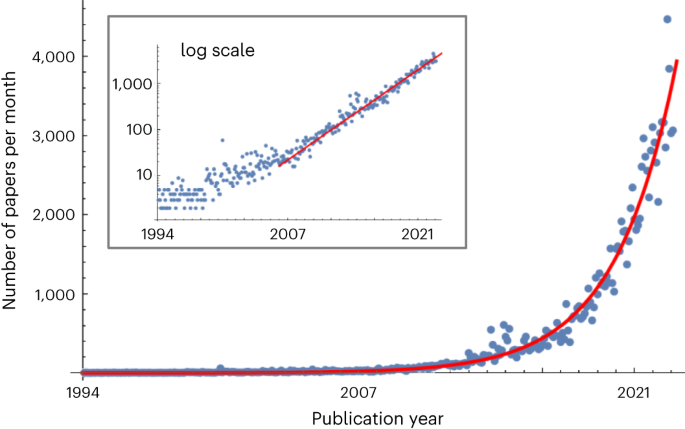Introduction to Artificial Intelligence (AI) in State Government – National Governors Association
On September 6, 2023, the NGA Center for Best Practices hosted a virtual event, “Introduction to Artificial Intelligence in

On September 6, 2023, the NGA Center for Best Practices hosted a virtual event, “Introduction to Artificial Intelligence in State Government,” co-organized with the Center for Scientific Evidence in Public Issues at the American Association for the Advancement of Science (AAAS EPI Center).
The event aimed to provide state leaders with foundational knowledge about AI technologies and applications in state government. National experts and state leaders discussed both the potential and risks of AI applications and policies to help ensure its responsible use in the public sector.
Sean Gallagher, Deputy Director for Government Affairs at AAAS, provided an overview of what the federal government and Congress are doing to regulate and oversee this technology. To date, there are no overarching federal regulations on the responsible development and use of AI. In practice, states are leading the way on new AI guidance. Much of the current focus at the federal level is about the impact of AI on jobs and the economy, equity in AI and maintaining the U.S.’s competitive edge.
In practice, states are leading the way on new AI guidance.
Gallagher described these recent federal-level activities:
Gallagher noted that AI is getting a lot of attention on Capitol Hill now, with many legislative efforts focused on AI. To date, AI has not fallen neatly along partisan lines. AI will be a cross-jurisdictional issue because it affects everything from healthcare to transportation and education.
Ellie Pavlick, Brown University Assistant Professor of Computer Science & Linguistics, compared traditional AI with generative AI. Professor Pavlick noted that we’ve been using AI systems in different capacities, such as predicting the weather, for the past several decades. Traditional AI models were often based on tabular data that was understood and yielded “yes or no” type outputs and predictions, such as answers to questions about whether it might rain or not. AI models of all types have received more attention recently as they’ve been used in high-impact applications such as hiring.
Pavlick noted generative AI is a new type of AI with open-ended outputs that aren’t yes or no decisions, and that they work like neural networks that learn associations such as common word pairs for a vocal language model. The model is first trained to predict the next word in a sentence and then sequences of words through a Google-like search of the Internet.
Now is a good time to begin using and understanding the technology within safe or “sandboxed” domains so we are ready to adapt quickly in response to progress.
She noted three major risks with generative AI: “hallucination,” thwarted technical guardrails and bias:
She noted that large language models and generative AI, in general, open up exciting possibilities, but currently there are more questions than answers. Over the next 3-5 years we will likely see rapid advances in our understanding of the risk landscape.
While AI has enormous potential to make predictions or to help with decision-making and automating routine tasks, its risks should be weighed carefully. She told the audience that now is a good time to begin using and understanding the technology within safe or “sandboxed” domains so we are ready to adapt quickly in response to progress.
State speakers at the event included:
The state speakers discussed ways their states are using AI to increase productivity and efficiencies creatively. They shared examples of AI use in everything from fraud detection to chat bots to identifying cattle brands. States are also implementing policies and related activities to explore the risks of AI, putting out guidelines on the uses of generative AI by government staff, standing up advisory committees and study centers, and implementing procurement guides based on principles of responsible and safe AI use. In addition, they addressed their challenges and concerns about working with AI at this time.
You can watch each of the state speakers’ presentations at this link, or below. A summary of key points made by each state are presented here:
The NGA Center for Best Practices has compiled a state resource list on artificial intelligence that currently provides links to federal-level activities, state executive branch activities, state legislative actions, local-level activities, and resources for technical assistance. As additional items are identified, the resource list will be expanded.
Governors’ offices and other policy experts and stakeholders are encouraged to contact NGA to share input on the resource list or offer suggestions of specific AI topics the NGA Center and the AAAS EPI Center can address in future events. NGA’s intended audience includes Governors’ advisors and staff, state policymakers and executive leaders, state procurement officials, state chief information and technology officers, state offices that oversee automated systems such as public benefits distribution, government hiring, fraud detection or other systems.
The AAAS EPI Center also has AI resources to share on the EPI Center website which includes, for example, Foundational Issues in AI and Glossary of AI Terms and other useful resources.
Federal Funding and Financing for Hydrogen Energy Production…
State Approaches to Enhancing Supply Chain Resiliency
Opioid Litigation Settlement Funds Summit
2023 Energy Cybersecurity Resources For Governors’ Advisors
© NGA. All rights reserved.












